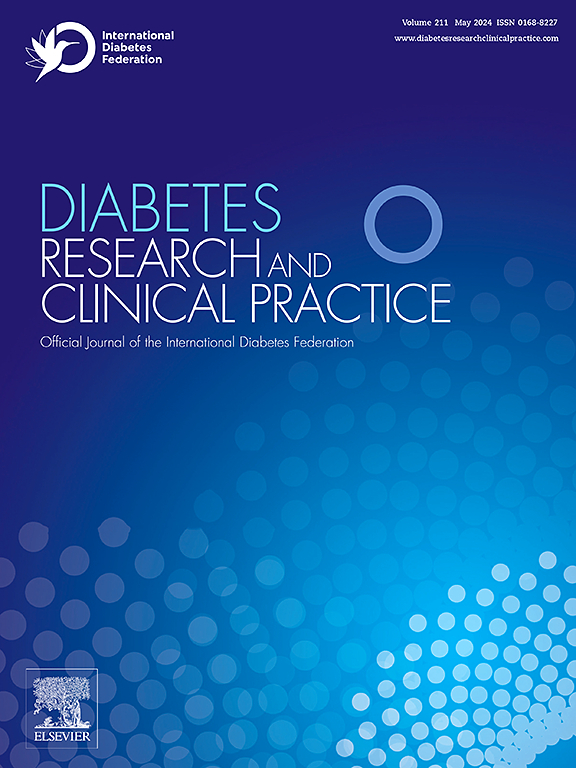光栅扫描光声介观镜检测糖尿病微血管并发症的简要综述
IF 6.1
3区 医学
Q1 ENDOCRINOLOGY & METABOLISM
引用次数: 0
摘要
糖尿病(DM)可导致微血管和大血管并发症。筛查这些并发症至关重要,因此需要具有高传播潜力的非侵入性方法。由于缺乏可靠的临床标志物和终点,糖尿病周围神经病变(DPN)的筛查尤其具有挑战性。在这种情况下,光栅扫描光声中观镜(RSOM)成为一种非常有前途的技术,它在不使用造影剂的情况下,利用组织内的光诱导超声波提供混合的、非侵入性的光吸收成像。RSOM提供微血管和其他组织结构的高分辨率可视化以及功能信息。该技术已经评估了微血管丧失作为糖尿病进展的功能,并用它来表征糖尿病周围神经病变的严重程度。RSOM还表明,在介观范围内的皮肤血管(平均直径为30-40µm)受糖尿病的影响最为显著,并且糖尿病患者的皮肤血管的平均数量低于健康参与者(p <;0.001和p <;分别为0.05)。尽管经验仍然有限,但我们对这项新技术在检测早期糖尿病发病和微血管并发症方面的潜力进行了概述。本文章由计算机程序翻译,如有差异,请以英文原文为准。
Raster Scan Optoacoustic Mesoscopy for detecting microvascular complications in diabetes mellitus: A narrative brief review
Diabetes mellitus (DM) may lead to microvascular and macrovascular complications. Screening for these complications is crucial, and so non-invasive methods with high-dissemination potential are needed. Diabetic peripheral neuropathy (DPN) is particularly challenging to screen due to the lack of reliable clinical markers and endpoints. In this context, Raster Scan Optoacoustic Mesoscopy (RSOM) emerges as a highly promising technique that offers hybrid, non-invasive imaging of optical absorption using light-induced ultrasound waves within tissue without the use of contrast agents. RSOM provides high-resolution visualisation of micro-vasculature and other tissue structures along with functional information. The technique has already assessed microvasculature loss as a function of diabetes progression and used it to characterise DPN severity. RSOM has also shown that cutaneous vessels in the mesoscopic range (mean diameters of 30–40 µm) are most prominently affected by DM and that the mean number of cutaneous vessels was lower in subjects with DM than in healthy participants (p < 0.001 and p < 0.05, respectively). Although experience is still limited, we present an overview of the novel technique in relation to its potential for detecting early DM onset and development of microvascular complications.
求助全文
通过发布文献求助,成功后即可免费获取论文全文。
去求助
来源期刊

Diabetes research and clinical practice
医学-内分泌学与代谢
CiteScore
10.30
自引率
3.90%
发文量
862
审稿时长
32 days
期刊介绍:
Diabetes Research and Clinical Practice is an international journal for health-care providers and clinically oriented researchers that publishes high-quality original research articles and expert reviews in diabetes and related areas. The role of the journal is to provide a venue for dissemination of knowledge and discussion of topics related to diabetes clinical research and patient care. Topics of focus include translational science, genetics, immunology, nutrition, psychosocial research, epidemiology, prevention, socio-economic research, complications, new treatments, technologies and therapy.
 求助内容:
求助内容: 应助结果提醒方式:
应助结果提醒方式:


